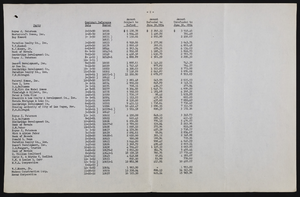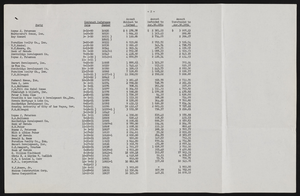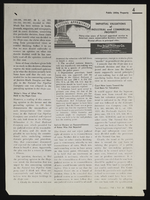Search the Special Collections and Archives Portal
Search Results
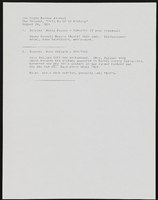
Water skiier, image 003
Date
Description
Image
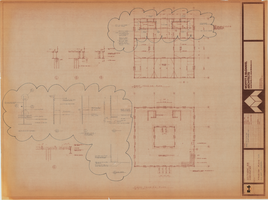
Southwest Gas Corporation office building: framing plans for air conditioner unit screens architectural drawing
Date
Archival Collection
Image
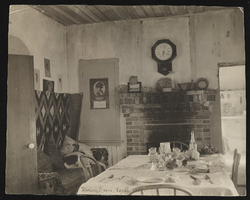
Photograph of a dining room in Las Vegas
Date
Archival Collection
Description
Image
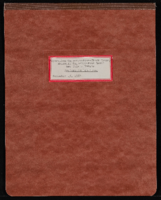
Operation Oppurtunities Clark County Economic Opportunities Board Project Applications and Day Care Center: doucments, reports, correspondence, budgets
Date
Archival Collection
Description
From the Clark County Economic Opportunity Board Records -- Series II: Projects. This folder contains documents such as project applications from Operation Oppurtunities-Clark County Economic Opportunities Board Las Vegas, Nevada as well as correspondence about Clark County School District, Nevada Tuberculosis and Health Association, Division of Labor, documents and services on day care services center, program of work documents, and appendixes about area and resources
Text
Charles Lanman Papers
Identifier
Abstract
Charles Lanman Papers (1864-1868) contain the title page of the Dictionary of the United States Congress and the General Government, written by Lanman, solicitation requests for biographical information from notable government figures, and written replies. Of interest with regard to Nevada are the original handwritten letters from James W. Nye and William M. Stewart.
Archival Collection

Transcript of an interview with Kenneth Fong by Lois Goodall on February 22, 2014
Date
Archival Collection
Description
Text

